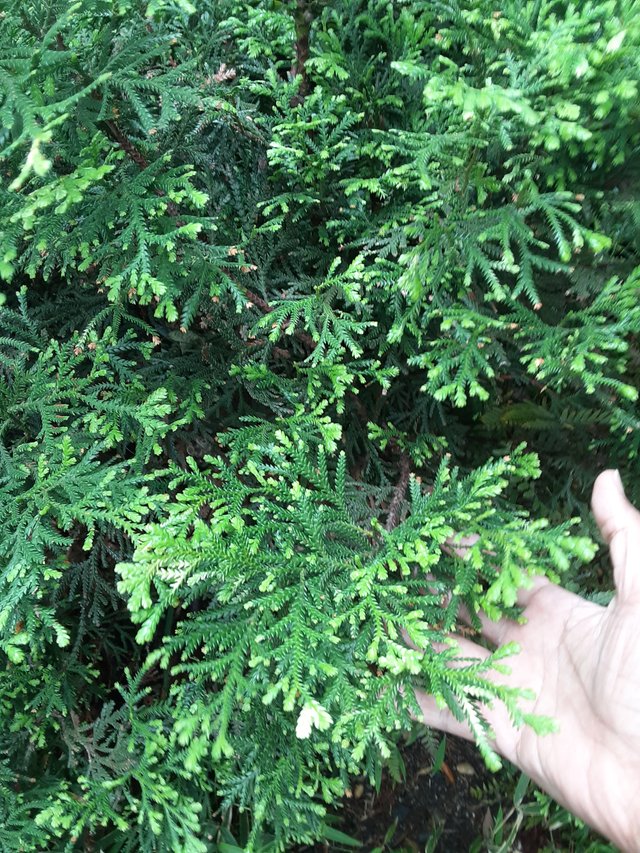
Thujopsis dolabrata, also known as Hiba arborvitae, Hiba cedar, false arborvitae, or lizard tree, is a stunning evergreen conifer native to the cool, moist forests of central Japan. It's a truly unique member of the Cypress family (Cupressaceae), and the only species within the genus Thujopsis.
Striking Foliage
One of the most captivating features of Thujopsis dolabrata is its foliage. Unlike many conifers with needle-like leaves, this tree boasts flattened sprays of scale-like leaves arranged in a single plane on its branches.
These leaves are a beautiful emerald green on the upper surface, offering a vibrant pop of color in the landscape. But the true magic lies beneath. The undersides of the leaves showcase a distinctive silvery-white band, created by stomata – tiny pores that allow the plant to breathe. This two-toned effect adds depth and interest to the foliage, making it stand out even in the winter months.
Growth Habit and Uses
Thujopsis dolabrata is a slow-growing tree, typically reaching heights of 30-50 feet (9-15 meters) in cultivation, with some specimens reaching a majestic 100 feet (30 meters) in their native habitat. Its natural growth habit is a dense, pyramidal shape with branches that sweep gracefully upwards. This elegant form, combined with its captivating foliage, makes it a prized ornamental tree in many gardens.
Hiba arborvitae is a versatile plant, well-suited for various landscape applications. It can be used as a specimen tree to add a touch of sophistication and year-round greenery. Its dense foliage also makes it a great choice for privacy hedges, windbreaks, or creating a sense of enclosure in a garden.
Care and Maintenance
Thujopsis dolabrata thrives in moist, well-drained, acidic to neutral soils. It prefers full sun to partial shade and is not tolerant of drought conditions. With proper care, including regular watering during dry periods and occasional light pruning to maintain its shape, this beautiful conifer can grace your garden for generations to come.
Beyond its Ornamental Value
Hiba arborvitae is not just a beautiful landscape plant; it also holds cultural significance in Japan. The wood of this tree is highly prized for its fragrant, rot-resistant properties and is traditionally used in building construction, furniture making, and even for crafting intricate incense boxes.
Ref.:
 |  |
Upvoted! Thank you for supporting witness @jswit.
Downvoting a post can decrease pending rewards and make it less visible. Common reasons:
Submit